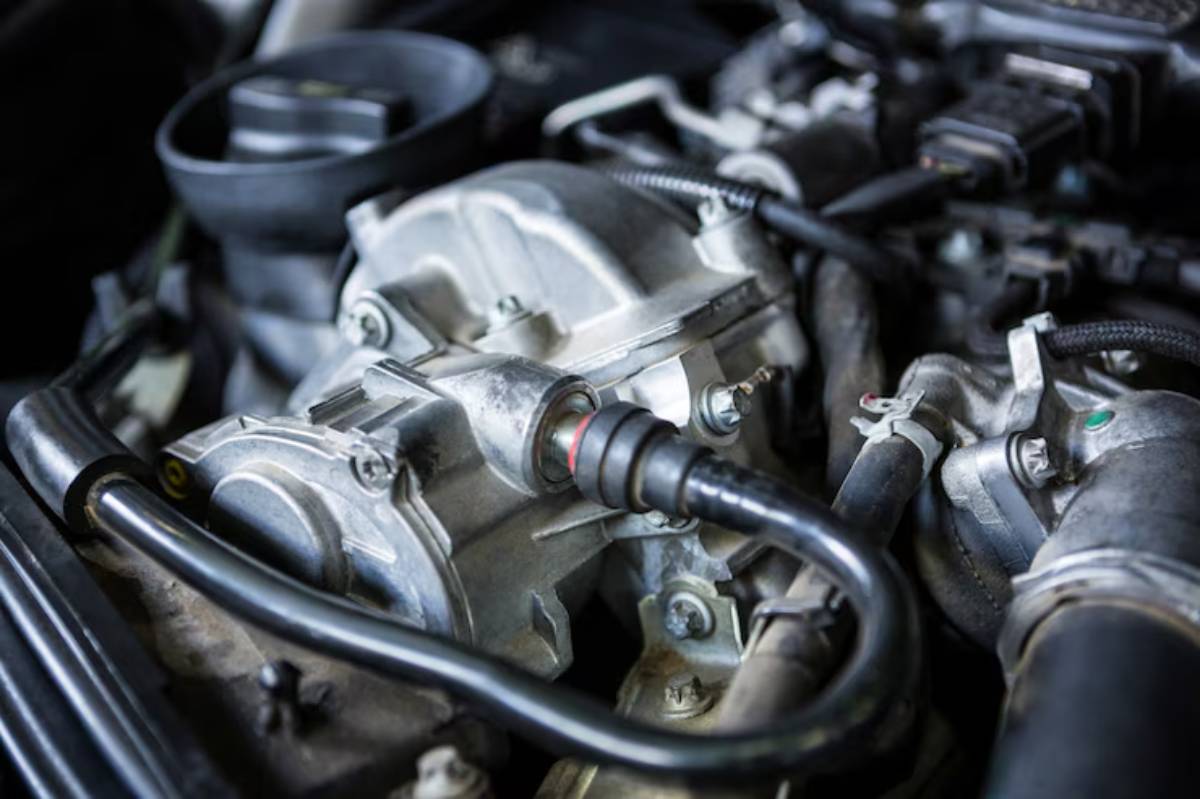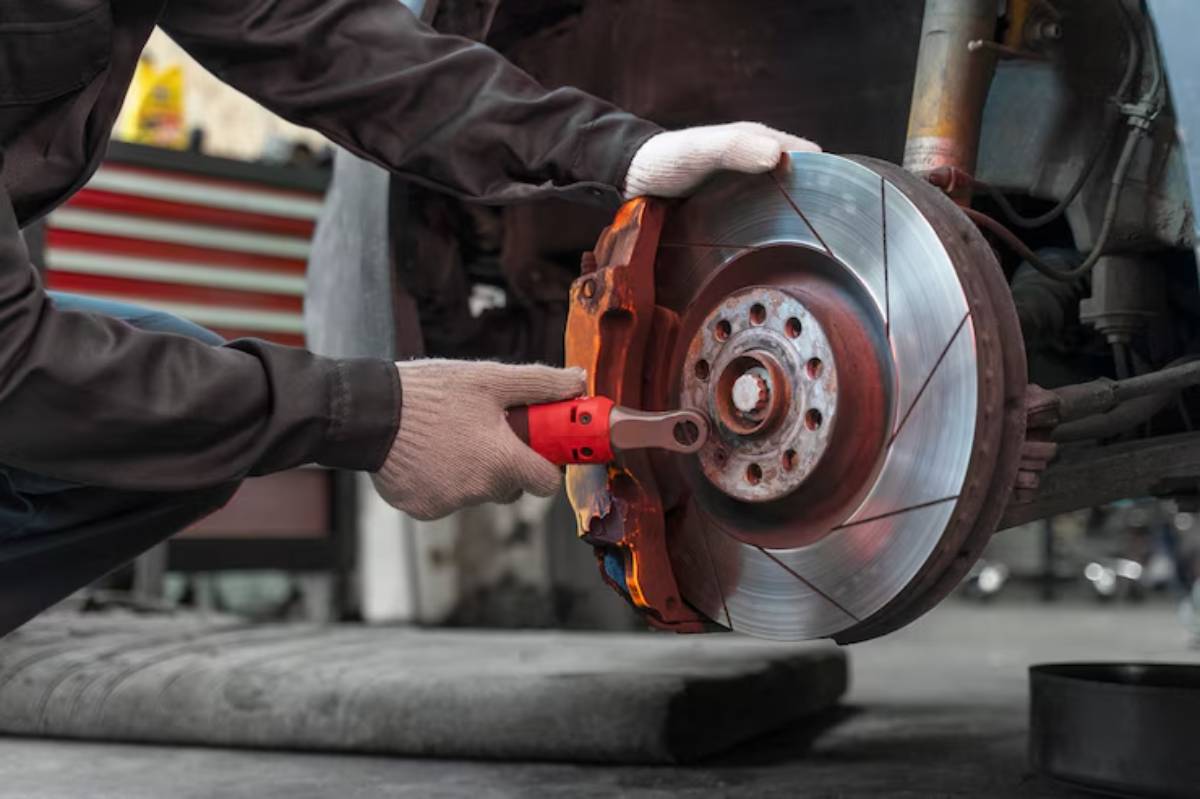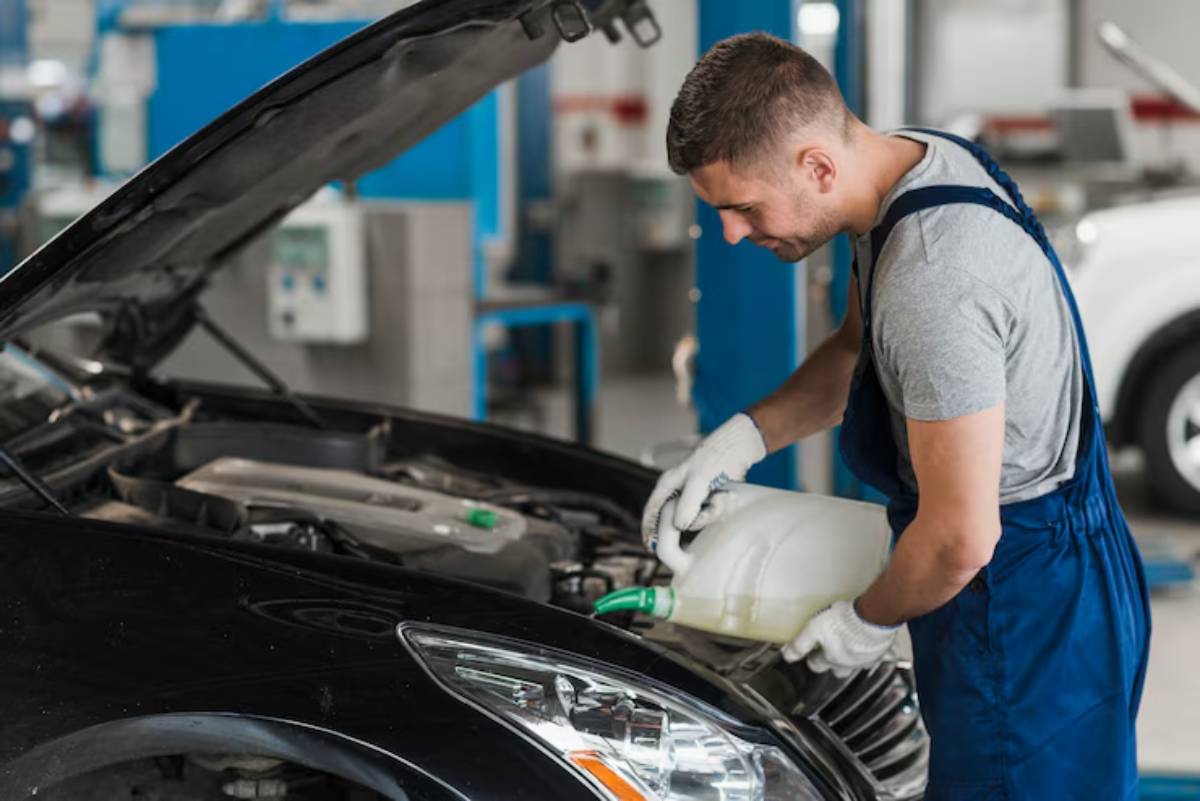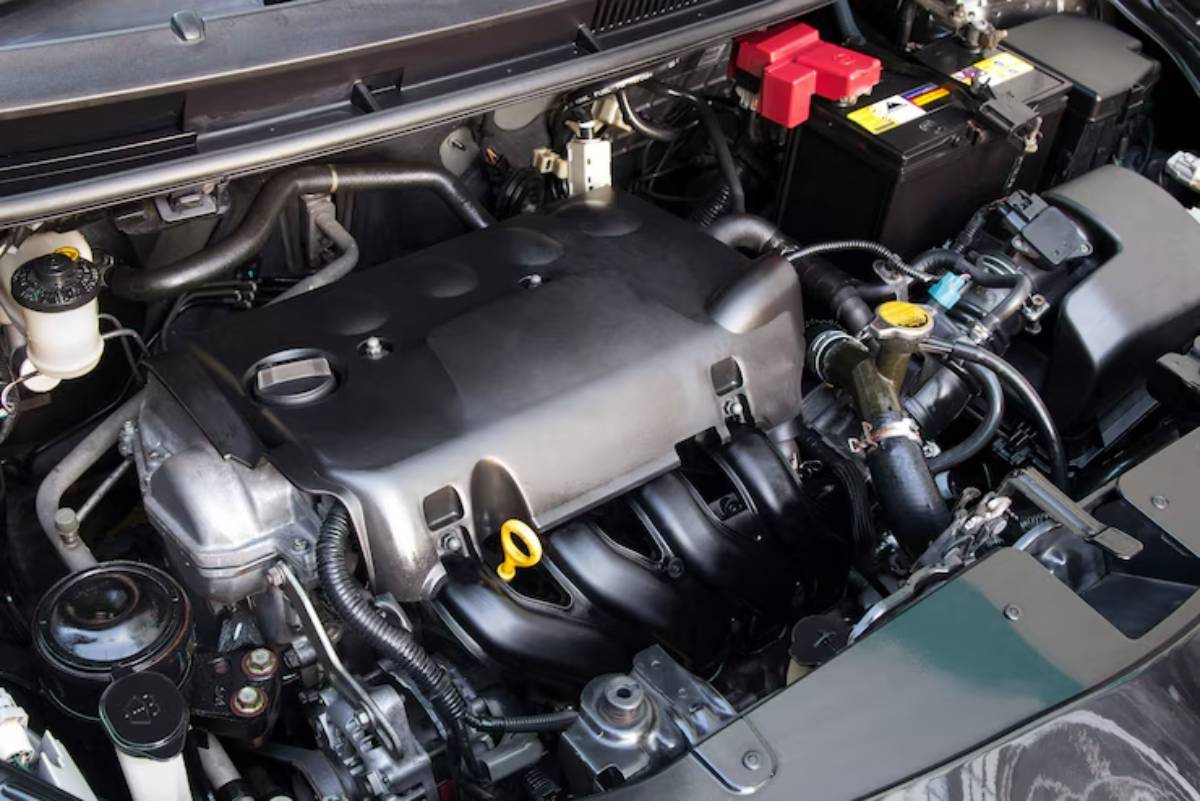
Signs Your Hybrid Engine Needs Immediate Attention
You bought a hybrid to save on fuel and reduce your environmental impact — smart choice. But even high-tech vehicles need care, and sometimes your hybrid engine sends subtle cries for help before things get critical.
Understanding hybrid engine issues early on can be the difference between a simple fix and a major breakdown. Whether you’re a seasoned hybrid owner or new to the eco-friendly driving scene, knowing the warning signs is key to preventing costly repairs and maintaining top-notch performance.
In this guide, we’ll break down the most common hybrid repair warning signs and hybrid performance problems. You’ll walk away with practical knowledge, relatable scenarios, and expert-backed advice to keep your hybrid humming.
Why Hybrid Engines Are Different — And Why That Matters
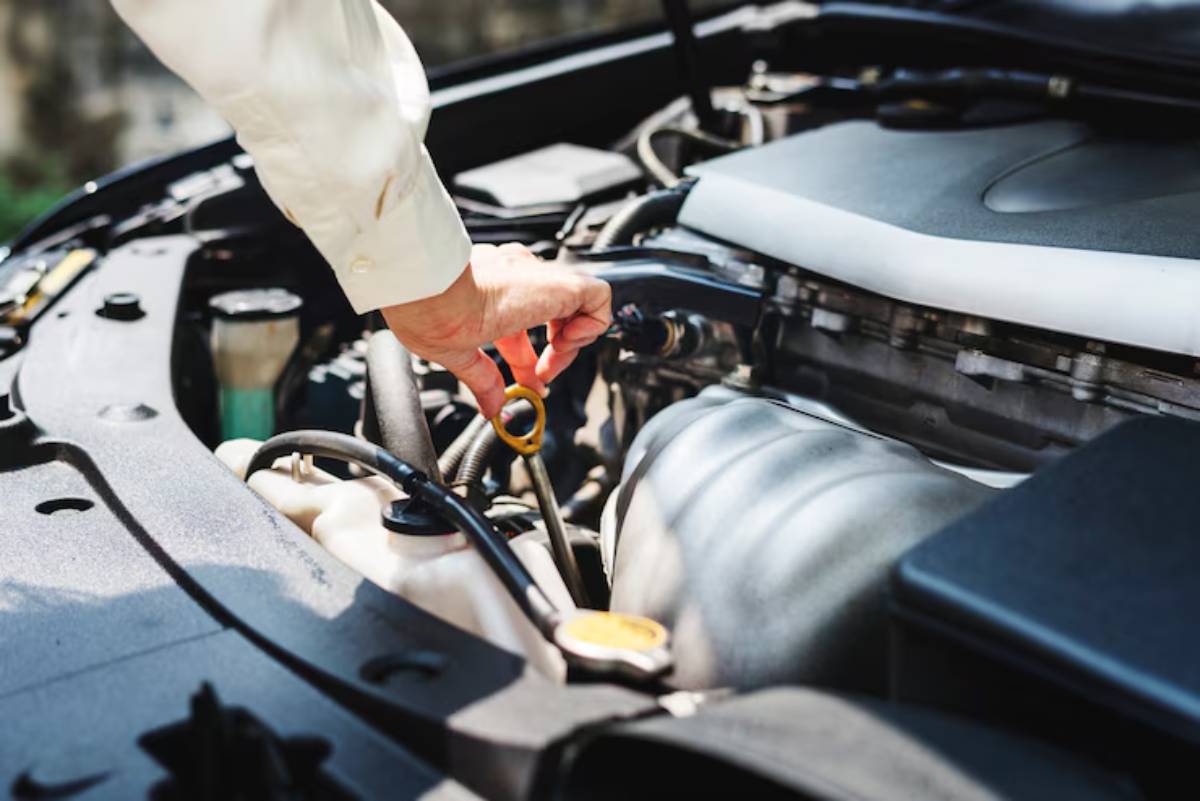
Hybrid engines combine the power of a traditional internal combustion engine (ICE) with an electric motor. That means double the technology and, potentially, double the complexity.
You’re not just dealing with spark plugs and oil changes — hybrid systems rely on electric batteries, software integrations, and regenerative mechanisms that can fail in ways that are less obvious to the average driver.
Some unique factors that affect hybrid engine performance include:
- Battery health: If your high-voltage battery begins to fail, your petrol engine will work harder, consuming more fuel.
- Regenerative braking strain: Faults in energy recovery systems can overload your engine.
- Software errors: Hybrids depend on complex ECU (engine control unit) programs that sync electric and fuel performance — a bug can throw the whole system off balance.
So when warning signs appear, don’t shrug them off. Let’s explore them in detail.
1. Dashboard Warning Lights: The First Cry for Help
Modern hybrids are equipped with intelligent warning systems. If something’s wrong, your dashboard will likely light up before you hear a single knock.
What to Watch For:
- Check Engine Light: This is a generic but serious alert that can indicate misfires, emission issues, or powertrain faults.
- Hybrid System Warning Light: This warning light is specific to hybrids and often indicates a problem with the battery, inverter, or control unit.
- Battery Icon Warning: Suggests the high-voltage battery isn’t charging or discharging properly.
Expert Tip: To read error codes, use an OBD-II scanner compatible with hybrid diagnostics. Learn more in Diagnosing Hybrid Issues with OBD-II Tools.
2. Noticeable Drop in Fuel Efficiency
One of the main draws of a hybrid is better fuel economy. So when your miles per gallon start to nosedive, take notice.
Possible Causes:
- The engine is compensating for a failing battery
- Misaligned sensors affecting the fuel-air ratio
- Faulty oxygen sensors or spark plugs
Real-World Example:
Jasmine noticed her Toyota Prius was only getting 35 MPG instead of the usual 50. After a quick diagnostic check, she discovered the hybrid battery was degrading. Replacing it instantly restored efficiency.
3. Unusual Noises During Startup or Driving
A healthy hybrid should start and run quietly, especially in EV mode. Any strange sounds are worth investigating.
Listen for:
- Grinding or whining: Could point to inverter failure or transmission issues.
- Knocking: Indicates internal combustion engine trouble, often from faulty ignition timing.
- Buzzing or humming when parked: Possibly a failing coolant pump for the battery system.
Pro Tip: These sounds often begin subtly. Take note of when they occur — cold starts, hill climbs, or high-speed driving all reveal different issues.
4. Sudden Power Loss or Hesitation
Hybrids are built for smooth transitions between electric and fuel modes. If your car jerks, stalls, or struggles on acceleration, something’s off.
Common Culprits:
- Overheating battery
- ECU software error
- Faulty throttle actuator
- Regenerative brake feedback issue
Safety Note:
Power loss on a motorway or steep incline can be dangerous. Get this checked immediately.
5. Engine Stays On Even in EV Mode
One hallmark of hybrids is the quiet EV mode at low speeds. If your petrol engine kicks in when it shouldn’t, it’s often a red flag.
Possible Reasons:
- The battery is no longer holding a charge
- The cooling system isn’t managing the engine temperature effectively
- Transmission sensors misfiring
This often goes hand-in-hand with battery degradation. Not sure how to tell? Read How to Identify a Failing Hybrid Battery Early.
6. Strong Odours or Smoke
Smells and smoke are never a good sign. In hybrids, they could signal serious engine or electrical faults.
Warning Odours:
- Burning rubber: Possible slipping drive belt or overheating electrical component.
- Sweet smell: Leaking coolant.
- Electrical/plastic smell: Battery or inverter issue.
If you see smoke:
Pull over immediately and call for professional help. Hybrid components can pose electric shock risks if handled improperly.
7. Rough Idling or Engine Vibrations
When your hybrid is in ICE mode, it should idle smoothly. If you feel vibrations or hear choppy engine noises while stationary, something’s not quite right.
Potential Causes:
- Engine misfires
- Dirty or failing fuel injectors
- Bad engine mounts
Though not always urgent, these symptoms indicate wear that, if ignored, could cascade into more serious hybrid engine issues.
8. Difficulty Starting the Vehicle

If you repeatedly press the ignition with little success, you’re not just facing inconvenience—it could be a symptom of deeper electrical problems.
Underlying Issues:
- 12V auxiliary battery failure
- High-voltage battery issues
- Starter motor malfunction
- Faulty key fob or immobiliser system
It’s worth noting that hybrid cars often rely on the smaller 12v battery for system startups, even if the high-voltage one is in good shape.
What To Do If You Spot a Warning Sign
Spotting a hybrid performance problem is only half the battle. Acting on it quickly is what protects your investment.
Here’s your action checklist:
- Don’t ignore dashboard lights — check your manual and schedule diagnostics.
- Document symptoms — when they occur, and how often.
- Use a hybrid-compatible OBD-II scanner or book a professional diagnostic session.
- Check your warranty — hybrid components may have extended coverage.
- Choose a certified hybrid mechanic — not all garages are equipped to handle high-voltage systems.
Prevent Problems Before They Start
The best hybrid engine care is proactive. By sticking to your service intervals, checking fluid levels, and driving mindfully, you can avoid most performance problems.
Quick Tips for Prevention:
- Stick to your hybrid engine service intervals
- Keep the cooling system in good shape to avoid overheating
- Drive gently — Hybrids reward smooth acceleration and braking
- Update your car’s software and firmware regularly
- Avoid deep discharges of your hybrid battery when possible
Conclusion: Listen to Your Hybrid Before It Breaks Down
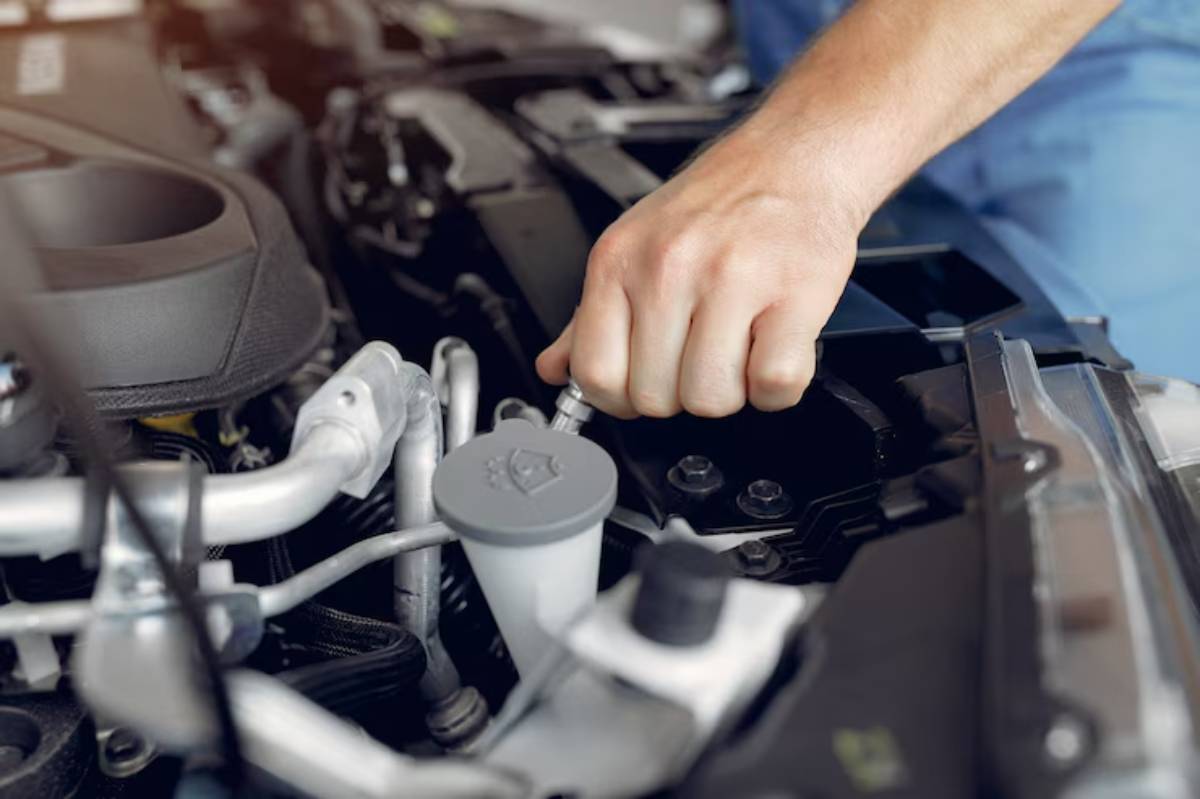
Your hybrid is smarter than you think — but it still relies on you to notice when something’s wrong. Hybrid engine issues rarely happen overnight. There are almost always early hybrid repair warning signs — be it a flickering dashboard light, odd engine noise, or sudden fuel economy dip.
By paying attention and taking prompt action, you’ll extend the life of your hybrid, avoid costly repairs, and enjoy the seamless performance these vehicles were built to deliver.
Have you noticed any of these warning signs in your hybrid recently? Share your story or ask your questions in the comments. Don’t forget to bookmark this guide or share it with fellow hybrid owners who might benefit from it!
